How can a fly help recycle waste?
-
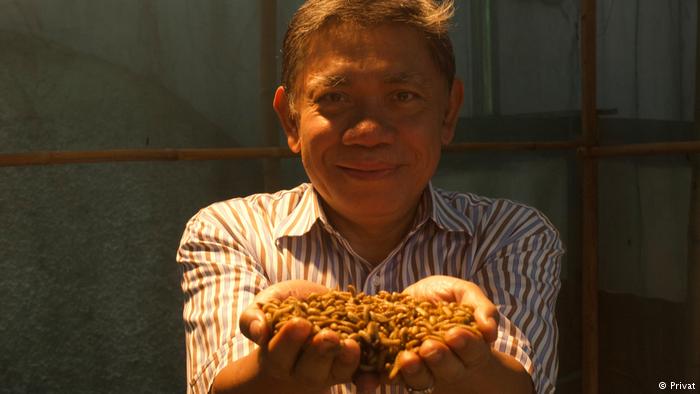
Pakpahan: turning waste into a resource: after retiring from his position as Indonesia's deputy minister for agro-industry, the economist Agus Pakpahan wanted to learn more about natural resource economics. He came across the topic of waste management and decided to study the correlation of organic waste, biological agents, health, environment and social economics -

Flies that decompose organic matter? According to Pakpahan, the idea of using the black soldier fly for recycling came from the research scientist Dr. Darmono Taniwiryono. The black soldier fly or ʹhermetia illucensʹ is not considered a pest. It does not transmit any disease and is not an annoyance to humans or animals. The larvae can even be used for composting waste or converting waste into animal feed -
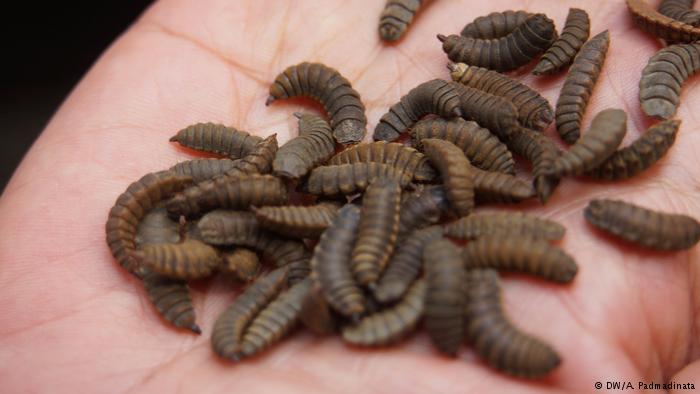
Low-cost fish food: Pakpahan wanted to provide a source of protein for poultry or fish farming that reduces the dependency in Indonesia on imported, costly fish meal. The larvae stage of black soldier fly consists of important nutrients. It has a very high protein content, fat and also essential amino acids and minerals -
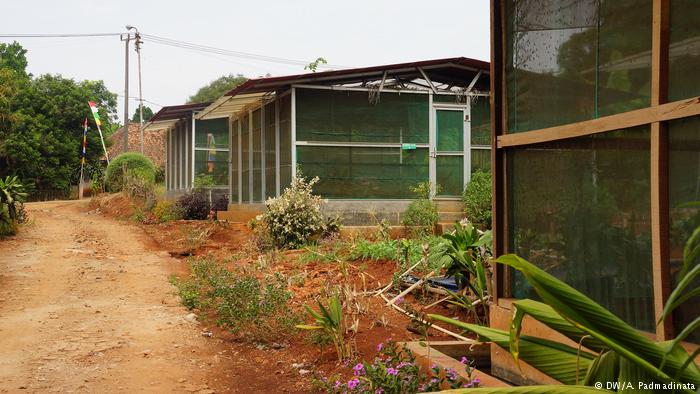
Breeding the soldier flies: in Cikumpay, West Java, Pakpahan shares his know-how with the local staff to use the fly larvae to produce high-quality organic fertilizer for the tea plantations in the area. Seen in this picture is the so-called rearing house for the breeding process of the black soldier flies. It is a simple construction covered with insect-proof nets -
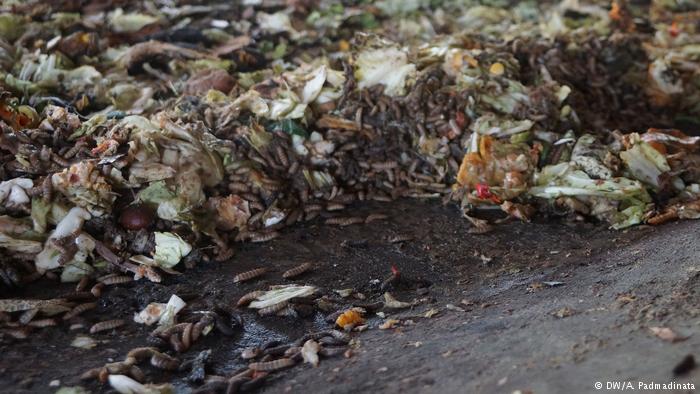
The importance of sorting waste: Pakpahan said the waste management solution with fly larvae could have a bigger impact if Indonesia had a waste sorting system where organic and non-organic trash is separated. The bio-conversion process requires a huge amount of organic waste as feed for the larvae. One square metre worth of fly larvae can eat about 15 kilograms of waste per day -
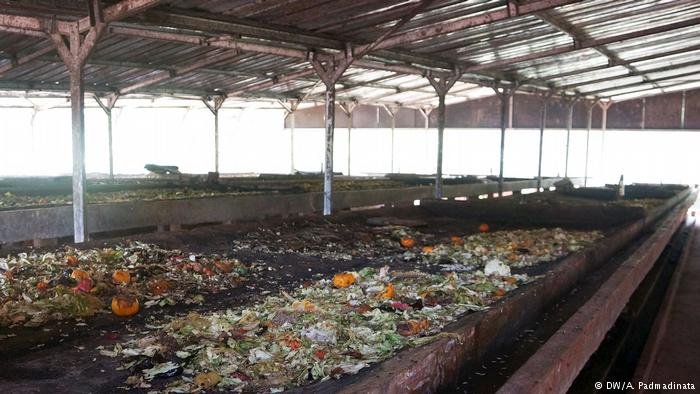
Eat everything in 24 hours: black solider flies only eat during the first days of their life in the larval stage. After this stage, flies begin to pupate and climb away from food sources, seeking dry places. At the Cikumpay black solider fly farm, the amount of organic waste placed in the reactor (pictured) is being adjusted to the amount of maggots and how old they are. The goal is that all the feed is consumed in 24 hours -
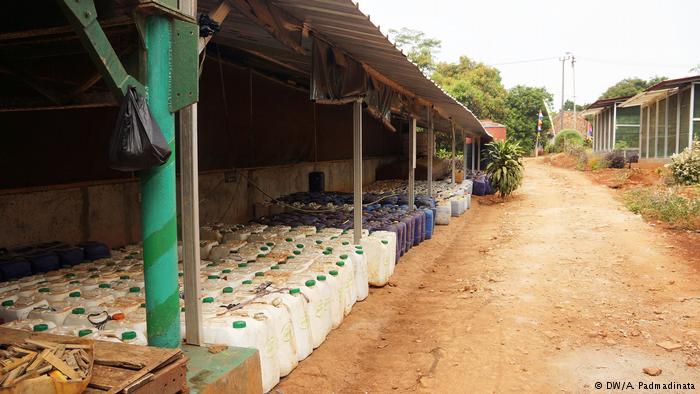
Maggot fertilizer: the converted waste turned into "maggot stool," or as Pakpahan called it, "maggot solid fertilizer." It is harvested and stored in the warehouse. So-called "liquid maggot fertilizer" (pictured) is harvested daily from approximately 30 percent of the organic waste of fruits and vegetables put into the reactor -
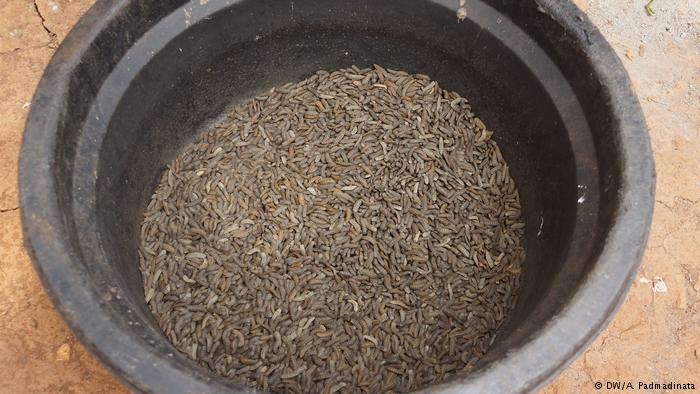
Harvesting black soldier flies: black soldier fly pupae are what the farmers harvest to produce the protein-rich animal feed ingredients. They measure approximately three centimetres in length. Other insects that have been used as poultry feed include mealworms and Japanese beetles. Author: Vidi Legowo-Zipperer
https://qantara.de/en/node/27068
Link
To all image galleries